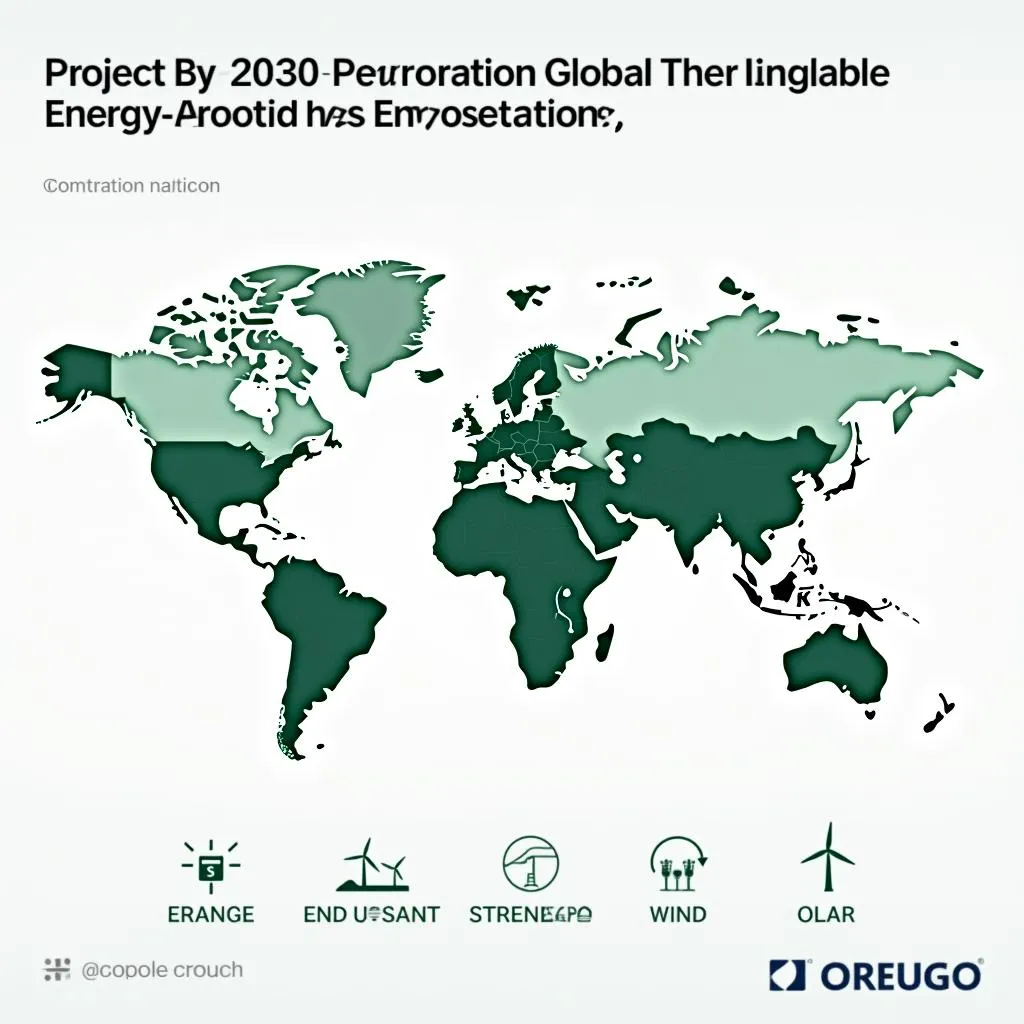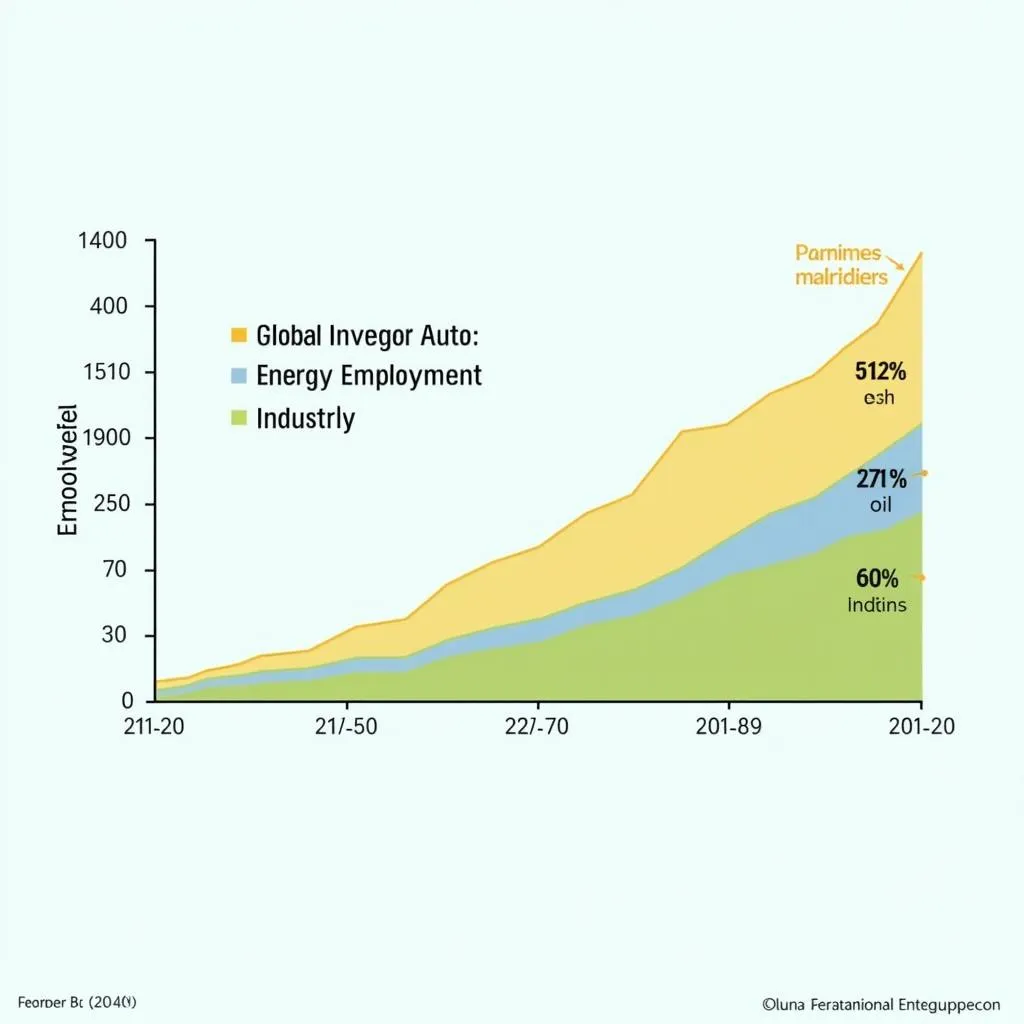The topic of renewable energy, especially its impact on job creation, has been a key point of focus in the field of sustainable development. With countries transitioning towards greener alternatives, understanding how renewable energy influences the labor market is essential. In this article, we’re going to explore this topic by providing high-quality practice questions for the Summarize Written Text section of the PTE Speaking & Writing test. You’ll also find several band score answers, analysis, and key vocabulary, all of which will enhance your preparation for the PTE exam.
Practice Questions: Summarize Written Text
1. Question 1: Renewable Energy’s Role in Job Creation
Renewable energy has been presented as one prominent solution to contemporary energy challenges. Unlike traditional fossil fuels, renewable sources like solar, wind, hydro, and geothermal provide abundant energy with minimal environmental impact. Additionally, the move to renewable energy has sparked tremendous opportunities for job creation, spanning various roles such as installation, operation, maintenance, and research. By 2030, over 30 million jobs are expected to emerge in renewable energy sectors globally, driven by government policies, subsidies, and advancements in technologies. Countries across the world, including the US, Germany, and China, are witnessing significant economic benefits through job creation in renewable-based industries.
Summarize the passage in one sentence.
 Renewable energy's potential to create millions of jobs globally by 2030
Renewable energy's potential to create millions of jobs globally by 2030
Band Score 90 Answer:
The growing adoption of renewable energy sources, such as solar and wind, is projected to generate over 30 million new jobs globally by 2030, spurred by government support and technological advancements.
Content (5/5): Excellent summary of the key points, reflecting job creation potential and policy support.
Form (1/1): 26 words used, within the word limit of 5 to 75 words.
Grammar (2/2): Grammatically correct and well-structured sentence.
Vocabulary (2/2): Accurate use of relevant terms like “adoption,” “projected,” “spurred.”
Spelling (2/2): All spellings are correct without any errors.
Band Score 70 Answer:
Renewable energy industries are expected to create millions of jobs worldwide by 2030, influenced by government policies and advancements in renewable technologies.
Content (4/5): Good summary captures main idea but is slightly vague in terms of job numbers and specific energy types.
Form (1/1): 21 words used, within the word limit.
Grammar (2/2): No grammatical mistakes.
Vocabulary (2/2): Effective use of words such as “create” and “influenced by.”
Spelling (2/2): No spelling errors.
Band Score 50 Answer:
Renewable energy will create a lot of jobs due to new technologies and policies.
Content (3/5): Simple expression of the passage but lacks specificity in terms of number of jobs and type of energy sources.
Form (1/1): 14 words used, which is within the limit.
Grammar (1/2): A more complex sentence structure could improve grammar.
Vocabulary (1/2): Basic vocabulary, lacking variety and precision.
Spelling (2/2): No errors in spelling.
2. Question 2: Global Investment in Renewable Energy
Investment in renewable energy has steadily increased in the last decade, as governments and corporations realize the necessity of moving away from fossil fuel-based energy systems. As countries invest heavily in solar panels, wind farms, and bioenergy, not only are carbon emissions reduced but it also opens up vast employment opportunities. According to recent reports, the global renewable energy sector now employs more workers than the coal and oil industries combined. Furthermore, green energy jobs provide more security and better wages compared to traditional energy sectors.
Summarize the passage in one sentence.
 Global investments in renewable energy surpassing fossil fuels in job creation
Global investments in renewable energy surpassing fossil fuels in job creation
Band Score 90 Answer:
Global investments in renewable energy are growing, reducing carbon emissions and providing more jobs than traditional fossil fuel industries, with green energy jobs offering greater security and wages.
Content (5/5): This sentence captures all key facts about investment, job creation, and employment benefits.
Form (1/1): 31 words used, well within the limit.
Grammar (2/2): Grammatically flawless and syntactically rich.
Vocabulary (2/2): Good use of precise terms like “investments,” “green energy jobs.”
Spelling (2/2): No spelling errors.
Band Score 70 Answer:
Investing in renewable energy leads to more job creation than the traditional fossil fuel industries while reducing emissions.
Content (4/5): Covers the primary message but misses the part about job security and higher wages.
Form (1/1): 17 words used, within the word limit.
Grammar (2/2): No grammatical errors.
Vocabulary (2/2): Effective and concise use of “renewable energy,” “job creation.”
Spelling (2/2): No spelling errors.
Band Score 50 Answer:
Renewable energy creates more jobs than oil and coal, helping reduce emissions.
Content (3/5): Basic understanding but lacks depth with missing references to investments and wages.
Form (1/1): Only 13 words used, within the limit.
Grammar (1/2): Simple structure but grammatically correct.
Vocabulary (1/2): Uses basic words, lacks sophistication.
Spelling (2/2): All spellings are correct.
Key Vocabulary and Grammar
-
Abundant /əˈbʌndənt/ (adj.): Present in large quantities.
Example: Solar energy is an abundant resource available worldwide. -
Subsidy /ˈsʌbsɪdi/ (noun): Financial support from the government.
Example: Many renewable energy projects receive government subsidies to support their development. -
Technological advancement /ˌteknəˈlɒdʒɪkəl ədˈvɑːnsmənt/ (noun): Progress in technical methods or systems.
Example: The rapid technological advancements in wind turbines have lowered energy production costs. -
Fossil fuel /ˈfɒsl fjuːl/ (noun): Natural fuel such as coal or gas.
Example: Many countries are reducing their fossil fuel dependency by investing in renewable energy. -
Paramount /ˈparəmaʊnt/ (adj.): Of utmost importance.
Example: Shifting to renewable energy sources is paramount to combat climate change. -
Installation /ˌɪnstəˈleɪʃn/ (noun): Putting in place equipment or systems.
Example: Installation of solar panels requires a skilled workforce. -
Carbon emissions /ˈkɑːbən ɪˈmɪʃənz/ (noun): Release of carbon dioxide into the atmosphere.
Example: Reducing carbon emissions is a key goal of the renewable energy sector. -
Sector /ˈsɛktə/ (noun): A distinct part of an economy.
Example: The energy sector plays a crucial role in national growth. -
Economic benefits /ˌiːkəˈnɒmɪk ˈbɛnɪfɪts/ (noun): Financial gains resulting from an action.
Example: Developing renewable energy resources can result in substantial economic benefits for local communities. -
Employment opportunity /ɪmˈplɔɪmənt ˌɒpəˈtjuːnɪti/ (noun): A chance to get a job.
Example: Renewable energy provides new employment opportunities in engineering, design, and operations.
Conclusion
Renewable energy and its role in job creation is a critical subject in the Summarize Written Text section of the PTE exam, as seen in the examples provided. Practicing this type of question can significantly boost your ability to grasp key concepts and summarize content effectively. By understanding the relationship between renewable energy, job creation, and economic stability, you are better prepared to succeed in this section of the exam. For more insights, explore relevant topics on renewable energy’s influence on local economies, job creation, and economic growth through Renewable energy and economic stability and The impact of renewable energy policies.
Practice these questions frequently, and don’t hesitate to leave your feedback or additional queries in the comment section below.